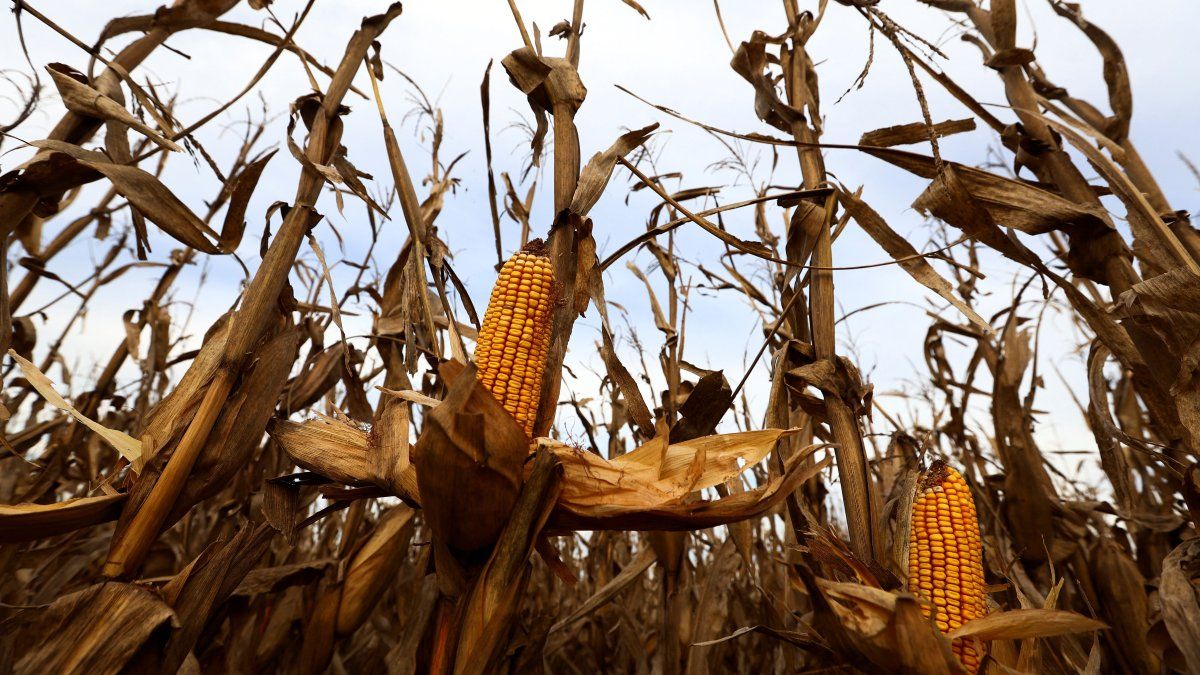Strike altered (more) markets. Fear of frost. Brazil very complicated due to rain. Oil workers continue to fight. Autumn Angus with more finishes. Back and forth with the foot-and-mouth vaccine. Dairy without retentions for another year (?).
More firmness for wheat (in Chicago) and for the farm (here)
With a new week limited by unemployment and other forceful measures (such as that of oil workers), local markets were disrupted again Well, although the people in cargo transportation did not organically adhere to the measure, the fear of problems on the routes still limited freight since Tuesday night, even more so when the ports did not operate yesterday, which affected again to export charges. Something similar happened with the tax authorities, which registered an upward jump on Wednesday since almost no one buys on Friday (because there are no jobs during the weekend).
The national strike called by the General Confederation of Labor (CGT) was “inexplicable and inopportune,” Fadeeac described the forceful measure. The entity, which brings together 43 transportation chambers, many of them SMEs, “suffers an average drop of 40% in activity and accumulates a cost increase of 297.8% in the last 12 months,” according to what they stated. “In the current context it is especially inopportune and harmful to stop the country’s activity,” they noted. In fact, precisely the transportation part, like the property market, could only be regularized (if it doesn’t rain), next Monday.
This also occurs in a context of irregular values, since yesterday soybeans and corn fell again in the international market (US$ 444/tn and US$ 180/tn, respectively, for the shortest positions ), although the oilseed still retains some of the progress after crop losses that are estimated due to extraordinary floods in southern Brazil (and that now extend to part of Uruguay). On the contrary, and although there was no local grain market, wheat was affirmed abroad (also partly due to losses in Brazil, which may force it to import a greater volume of cereal) that closed at US$ 234/tn. July position.
On the side of the meat, In addition to the increase imposed on the standing farm by the lower supply on Wednesday (just over 5,300 head in Cañuelas), and the lack of operations yesterday, it was also known that there was a new increase in export volumes, while that international prices once again registered the third consecutive monthly advance, partially compensating for the weakness of the domestic market.
Black people promise more (and there are many of them!)
The third consecutive exhibition of Autumn Angus, which will be held at the Palermo property between May 21 and 24, promises a large audience and sales that can be around 50,000 head, including breeding, wintering, and breeding stock (PP ) that already exceed 800 registered, and a commercial deployment in line with the majority cattle breed in the country.
Of course, in addition to the swearing (and sales), the place is going to become a center of impact for livestock concerns, which, at this point, are not few. High internal costs, drop in local demand for meat, international prices that do not fully react, and the repercussions on the foot and mouth vaccine that still continue, especially after Brazil, the giant neighbor of Mercosur (which has already become the first producer and exporter of meat in the world) announced, and completed, its last vaccination in order to obtain the highest health category, “free without vaccination”, which will allow you to access all the remaining pending markets.
Argentina, meanwhile, which still owes that debate, took a step since the Senasa authorized the “use” of tri- and bivalent vaccines (as used throughout the region) containing strains O and A, instead of just the quadrivalent one that Argentina had been using.
However, authorization for their “importation” still remains, which could occur in a couple of months, if the organization opts for a resolution. It is estimated that in that case, around 15 million doses could enter the market, which could be at values similar to those charged abroad, 35-45 cents, and would be available for the second vaccination. October, with significant cost savings for producers, which had been achieved until now, of more than US$ 100 million in each of the two shifts.
Meanwhile, the climate finally changed with the advance of a strong polar wave that crossed almost the entire territory with cold and dry air (which would allow the fields to “dry” and allow the combines to enter again, accelerating the completion of the pending harvest). , Fear grows over the occurrence of severe frosts before the soybeans are finished, which could cause losses due to the ease of opening their beans in the event of cold shocks..
The alarm is not minor, since it would add to the growing volumes of damage caused by the “chicharrita” in corn and that, as Ámbito announced weeks ago, losses already amount to about 10 million tons, so the harvest would not exceed 47 million, as confirmed by the Rosario Stock Exchange (BCR). “A month ago we dropped from 57 million to 50.5 million and now we are talking about 47 million,” the entity announced.
Now cold, snow and frost
For its part, the National Meteorological Service (SMN) issued its quarterly report (May-June-July) which is not very reassuring in this regard since, on the one hand, it foresees below-average rainfall in some NOA region (Santiago of Estero, Chaco, Formosa and the northeast of Salta), and also on the Buenos Aires-La Pampa line to the south.
And, simultaneously, temperatures below average would occur in a good part of the same region, including Buenos Aires, the south of Santa Fe, and Entre Ríos especially; while the northern coast could have higher temperatures.
Source: Ambito




